The following is an excerpt from “The Basic Beginners Guide to Photography Light & Exposure” eBook by Scott Bourne and Richard Harrington. The book is currently on sale in the iBooks Store.
After you have the light coming from the right direction, you’ll want to judge the quality of the light. Not all light is the same, so you’ll want to learn the best times to shoot, as well as how to recognize when the lighting conditions are ideal.
.mgl-tiles { display: none; } #mgl-gallery-634ef9aaee5ec { margin: -5px; width: calc(100% + 10px); } #mgl-gallery-634ef9aaee5ec .mgl-box { padding: 5px; } @media screen and (max-width: 768px) { #mgl-gallery-634ef9aaee5ec { margin: -5px; width: calc(100% + 10px); } #mgl-gallery-634ef9aaee5ec .mgl-box { padding: 5px; } } @media screen and (max-width: 460px) { #mgl-gallery-634ef9aaee5ec { margin: -5px; width: calc(100% + 10px); } #mgl-gallery-634ef9aaee5ec .mgl-box { padding: 5px; } }
Harsh light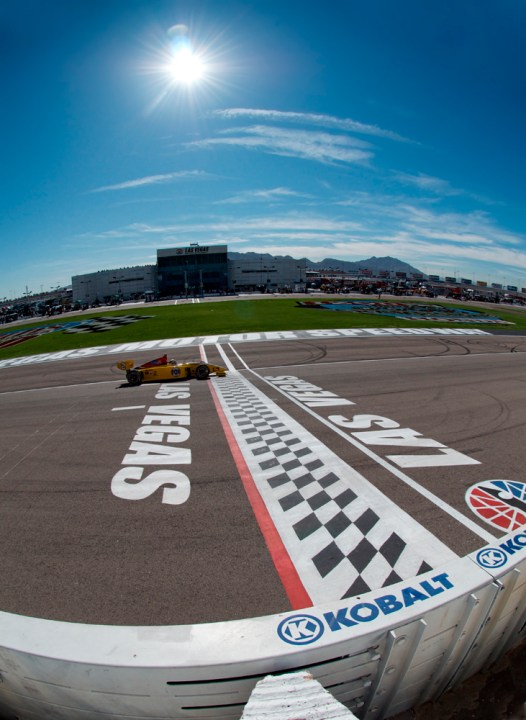
Diffused light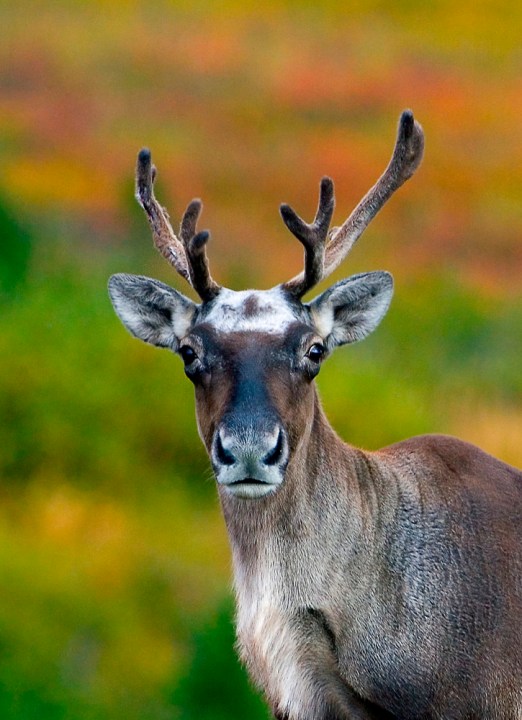
Is it harsh or diffused?
While shooting on a warm sunny day can be a nice work experience, your camera probably feels differently.
If you’re really lucky, you’ll get the chance to photograph in direct sunlight obscured by high, thin clouds. A gentle cloud cover can nicely diffuse the sun and make the light even and uniform. These clouds act like a giant softbox or diffuser, giving the light a soft quality that flatters your animal subjects.
Of course, with too many clouds, your beautiful light can go flat, resulting in a boring, shadowless scene.
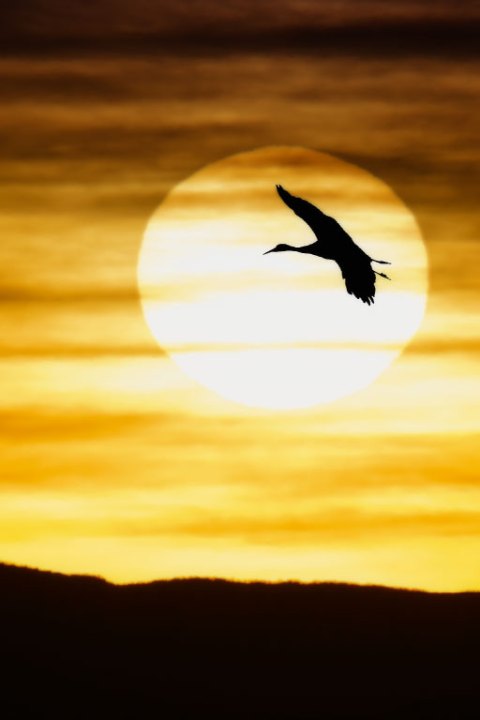
Is the sun high or low across the horizon?
Our best photographs have been made in the hour that follows sunrise or precedes sunset. You may hear photographers talk longingly about this as the golden hour or magic hour. The golden hour is the half-hour before and after sunrise and sunset. It’s when the light is low in the sky. It’s usually warm, rich light that makes everything look great.
When the sun is low across the horizon, it can create some of the best light. The color in your scene is often warm with rich shadows. The best feature is a dramatic sky with varied colors and rich glows. If you’re shooting skylines, landscapes, or nature, this is a great time to get beautiful images.
Unfortunately, it’s not always possible to get access to wildlife or your subjects at those times. Then your best bet is shooting during the right season, not the right time of day. In North America, winter offers light that you can work with most of the day. This is because the angle of the sun is low on the horizon. When the light is high in the sky, it’s too harsh. Look for light that’s low — just over your shoulder — and you’ll get dynamic images.
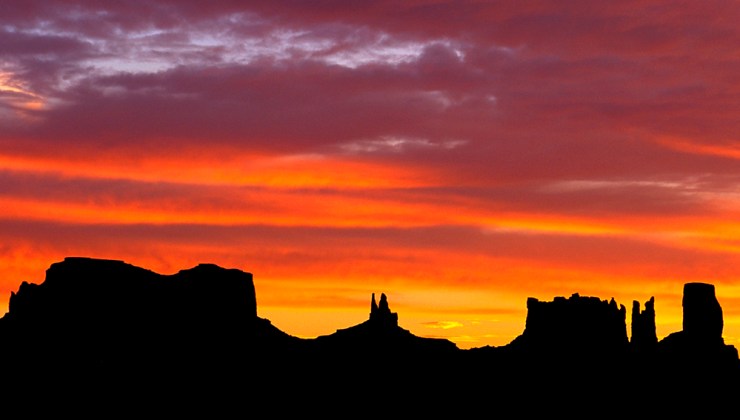
Here’s some practical advice:
- Shooting at sunrise. Using a sunpath calculator or a compass to know the sun’s position. While the entire horizon may start to glow, it can be difficult to know how to compose the shot. Be sure to check the sun’s position and decide where to frame your shot.
- Shooting a sunset. Attempting to shoot a sunset is much easier. Just be aware that the sun is going to move pretty quick, so you should make the most of the light you have.
- Shooting a subject during sunrise or sunset. When shooting at sunrise or sunset, you’ll want to keep the light in front of your subject (and to your back). As the sun moves, you may need to recompose your shot by rotating position. Eventually, the light may become so diffused and soft that you’ll be able to let it backlight your subject.
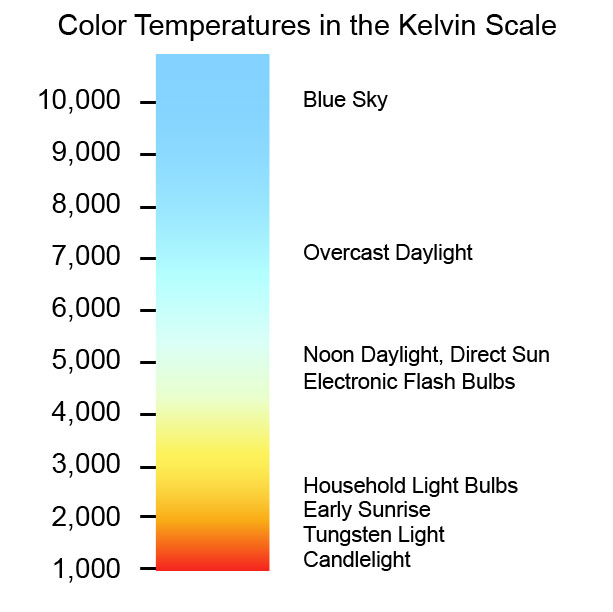
What color is the light?
Is it the golden light of sunrise or the soft blue light of a high overcast sky? Evaluate the quality of the light before you shoot. Light can actually be measured in terms of temperature; the common unit is degrees Kelvin. This measurement is useful when you want to properly white balance your camera. The average color temperature for outdoors at noon is approximately 5600ºK.
When you move from indoor light to outdoor light, your eyes automatically compensate for the color shift. Your camera, however, may not (unless it’s in an auto white balance mode). It’s important that you properly white balance for the lighting conditions you’re shooting under. Your camera likely offers useful presets, including indoor, cloudy, and shade. Be sure to match the white balancing of the shot to the conditions you’re shooting under. Fortunately, you can tweak the white balance for a shot during the postproduction stages of photo editing.
.mgl-tiles { display: none; } #mgl-gallery-634ef9aaeef88 { margin: -5px; width: calc(100% + 10px); } #mgl-gallery-634ef9aaeef88 .mgl-box { padding: 5px; } @media screen and (max-width: 768px) { #mgl-gallery-634ef9aaeef88 { margin: -5px; width: calc(100% + 10px); } #mgl-gallery-634ef9aaeef88 .mgl-box { padding: 5px; } } @media screen and (max-width: 460px) { #mgl-gallery-634ef9aaeef88 { margin: -5px; width: calc(100% + 10px); } #mgl-gallery-634ef9aaeef88 .mgl-box { padding: 5px; } }
The light in this photo is harsh and creates an unattractive image.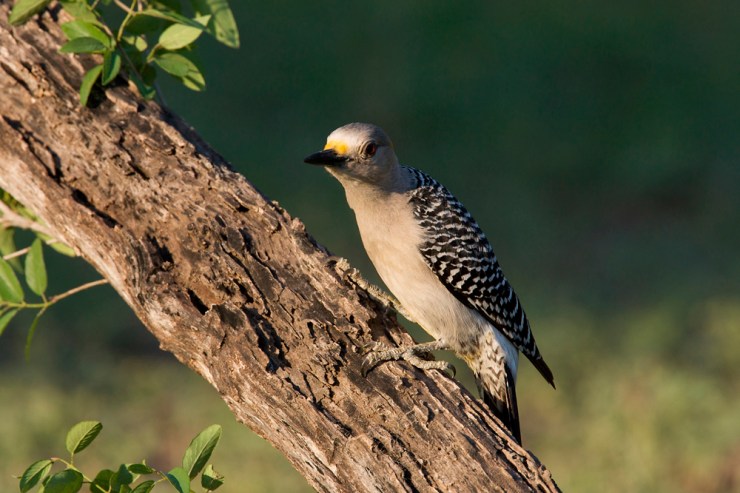
The light is evenly diffused and creates a more pleasing subject.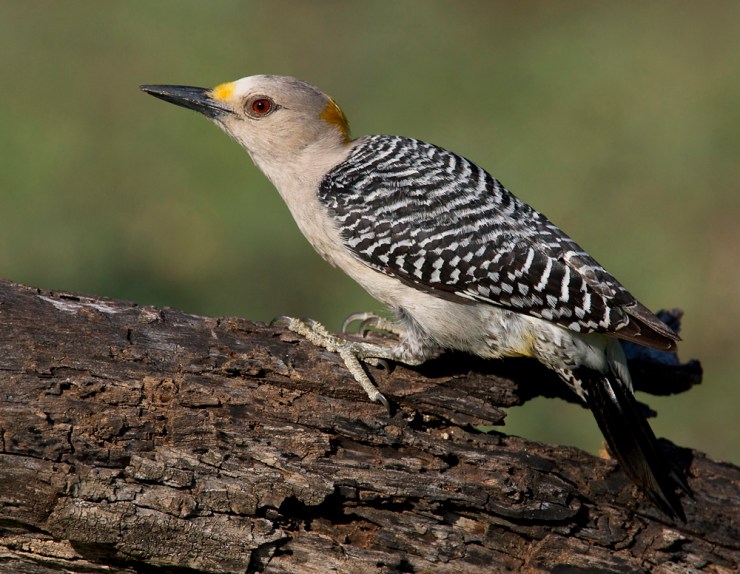
Tell your story with the second annual Visual Storytelling Conference!
Experience four days of interactive, online training sessions featuring a range of educational content with experienced photographers and content creators. This free event kicks off with a series of technical boot camps to build essential skills, followed by live, online sessions on photography, video, business and social media. Join live from March 10-13, 2022!
